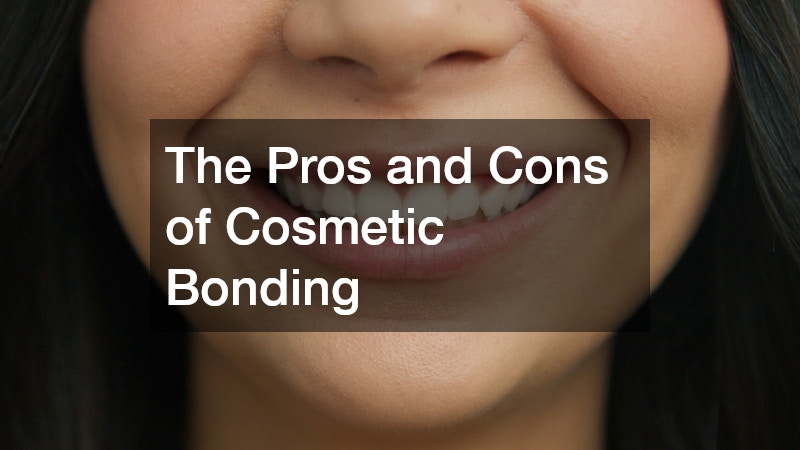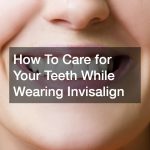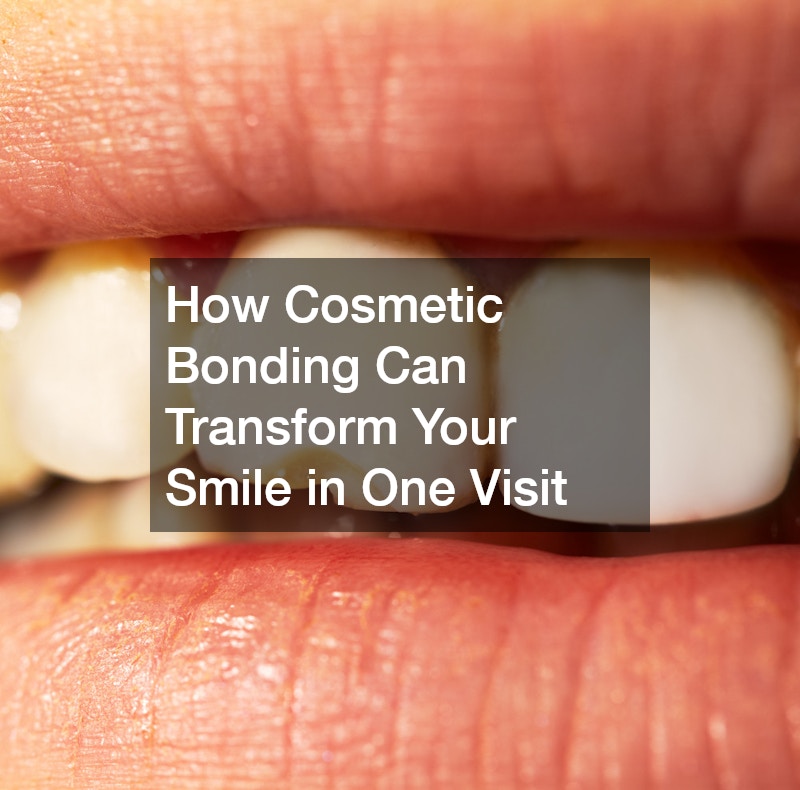Your smile is one of the first things people notice about you—and if you’ve ever felt self-conscious about chipped, discolored, or uneven teeth, there’s a quick and affordable way to make a dramatic improvement. Cosmetic bonding offers a simple, effective, and non-invasive solution that can transform your smile in just one visit. This procedure is ideal for patients looking for fast, natural-looking results without the cost or time commitment of more extensive treatments like veneers or crowns.
What is Cosmetic Bonding?
Cosmetic bonding is a dental procedure that involves applying a tooth-colored composite resin to improve the appearance of your teeth. The purpose of cosmetic bonding is to correct minor imperfections—such as chips, cracks, stains, or gaps—while maintaining the natural look and feel of your existing teeth.
It’s a versatile treatment that enhances your smile without altering your tooth structure significantly.
Materials Used
The material used in cosmetic bonding is a high-quality composite resin, a durable plastic-based material that mimics the natural shade and translucency of enamel. This resin can be custom-shaded to match the surrounding teeth perfectly, ensuring a seamless blend. The composite resin is sculpted and hardened using a special curing light, creating a strong bond with your natural tooth surface.
Procedure Overview
The cosmetic bonding procedure is typically completed in a single dental visit, making it one of the most convenient cosmetic dentistry options available. The process begins with your dentist selecting a resin color that matches your natural teeth. The surface of the tooth is then slightly roughened and coated with a conditioning liquid to help the bonding material adhere better. Once the resin is applied, the dentist shapes and molds it into the desired form before hardening it with a curing light. The final step involves polishing the bonded area for a smooth and natural finish.
Who Can Benefit from Cosmetic Bonding?
Ideal Candidates
Cosmetic bonding is ideal for individuals who have minor aesthetic concerns rather than severe dental damage. If you have small chips, uneven edges, tooth discoloration, or slight gaps between teeth, you may be an excellent candidate. It’s also a great choice for those looking for a cost-effective solution to enhance their smile without undergoing more invasive procedures.
Factors to Consider
Before committing to cosmetic bonding, it’s important to evaluate your dental health and lifestyle. Bonding is best suited for patients with healthy gums and teeth that don’t require extensive structural repair. Additionally, if you grind your teeth or bite hard objects frequently, you’ll want to discuss these habits with your dentist, as they can affect the longevity of the treatment.
How Long Does Cosmetic Bonding Last?
Average Lifespan
On average, cosmetic bonding lasts between 5 and 10 years, depending on factors like the location of the bonding and your oral care routine. While it may not be as long-lasting as veneers or crowns, its affordability and simplicity make it a popular choice for quick smile improvements.
Factors Affecting Durability
Several factors can impact how long cosmetic bonding lasts. Your diet, oral hygiene habits, and lifestyle choices all play a role. Drinking dark beverages like coffee, tea, or red wine can stain the bonding material over time. Teeth grinding or biting nails can also cause wear or small cracks. With proper care, however, many patients enjoy their results for close to a decade before needing a touch-up.
What are the Pros and Cons of Cosmetic Bonding?
Advantages
Cosmetic bonding offers several advantages that make it a popular choice for patients seeking a fast, effective solution. The procedure is minimally invasive, often requiring no anesthesia or enamel removal. It’s also one of the most affordable cosmetic dental treatments available. The results are immediate—allowing you to walk out with a brighter, more symmetrical smile after just one visit.
Disadvantages
While cosmetic bonding has many benefits, it does come with a few limitations. The resin material is not as strong or stain-resistant as porcelain, meaning it may require maintenance or replacement sooner. Bonded teeth can also be more prone to chipping compared to natural enamel or veneers. However, most issues can be easily repaired without replacing the entire bonded area.
Comparisons with Other Procedures
Compared to veneers or crowns, cosmetic bonding is quicker, less expensive, and less invasive. Veneers offer a more durable and stain-resistant option but typically require removing a layer of enamel and multiple dental visits. Crowns provide full coverage and strength but are usually recommended for teeth with significant damage. Cosmetic bonding, on the other hand, strikes the perfect balance for those seeking subtle yet noticeable improvements with minimal alteration to their natural teeth.
Cosmetic bonding is an excellent solution for anyone looking to refresh their smile without extensive dental work. With proper care, the results can last for many years, making it an accessible and rewarding investment in your smile. If you’re ready to see what a difference cosmetic bonding can make, consult with your dentist to learn how this simple procedure can deliver stunning, natural-looking results.

Post navigation
Previous Post
 How To Care for Your Teeth While Wearing Invisalign
How To Care for Your Teeth While Wearing Invisalign
